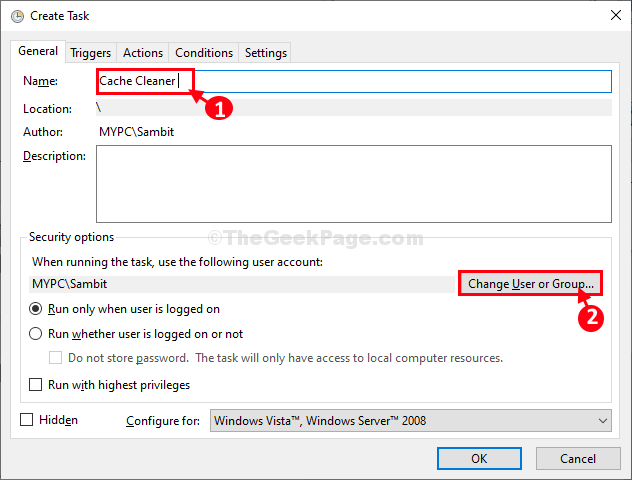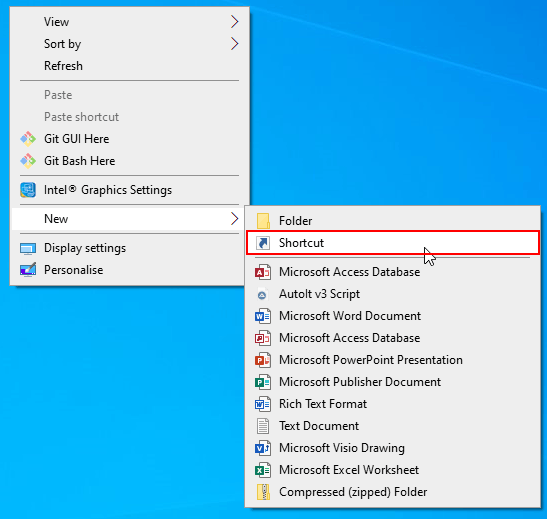Check real-time memory usage via the following commands: watch -n 1 free -m watch -n 1 cat /proc/meminfo In returned outputs focus on Buffers, MemTotal, MemFree, Cached, Active, Inactive, etc. You can use the following command to free up memory either used or cached (page cache. Clear Pending Idle Tasks to Free Up Memory An old and commonly reported trick to clear your Windows cache is to use a custom shortcut that “should” clear the cache in Windows 10 and older Windows versions. To start with the basic temporary file cleanup, go to the Start Screen and type 'disk.' You will see an option to 'free up disk space by deleting unnecessary files' under the settings tab. Click on this to run Disk Cleanup. From here you can select the files you wish to delete and you can also see the estimated space will gain from your actions. When my application crashed Cached memory was around 4 GB and free memory was ZERO – Greenhorn Jun 30 '11 at 13:46 Then there is probably a bug in your application. Windows would have happily reassigned some of the memory used for the cache to your application.
on some of the app boxes at work we have an issue with tomcat not free’ing up cached memory quickly after either a tomcat restart or tomcat stop so we did some google-ing to find a way to quickly free up cached memory.

what this script does is sync writes the cache then echo 3 > /proc/sys/vm/drop_caches frees pagecache and inode/dentry caches.
How To Free Up Cached Memory Windows 7
here is the result :
this script is run on several boxes all with kernels of 2.6.22 and higher and it also assumes that you have GNU bc installed (on gentoo: sys-devel/bc).

output of the script should look similar to :
How To Free Up Cache Memory On Mac


Free Up Cached Memory Windows 7
in the output, the password is required since i have the sudo sh -c 'sync; echo 3 > /proc/sys/vm/drop_caches' line which i did not give password-less sudo access.
